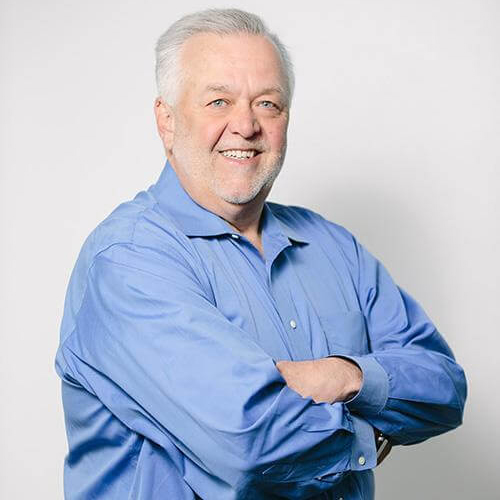The Roth IRA is a powerful financial tool. Roth IRAs are a retirement account that allow for the potential growth without taxes, have no required minimum distribution and distributions are tax free if over the age of 59 ½ and the account has been open for a minimum of 5 years. The downside to a Roth is that taxpayers get no deduction for contributions to Roth IRAs and if you convert a traditional IRA to a Roth, you are taxed immediately on that distribution.
Intuitively, most taxpayers want to defer taxation on any asset until the latest possible moment under the theory that investments grow or compound faster when there is no tax drag on your gains or income. That feels like common sense for most scenarios. But for the taxpayers with significant assets – those who may never need to use their IRA money for living, this Traditional IRA may become somewhat burdensome. Its burden post retirement starts with your need to make withdrawals upon reaching age 70 ½. Many of those who don’t need that IRA income would rather let this asset grow indefinitely for the next generation or two.
That’s where using a Roth IRA conversion strategy may come in handy. Once again, the downside of this strategy will be the acceleration of income taxes on the amounts converted. If you are in the top tax bracket, that means you are giving up as much as half of that amount converted to taxation. But the money that you use to pay those income taxes will be from other savings, and not the Roth assets themselves. In an unconventional way, the acceleration of these income tax payments reduces your otherwise taxable estate.
This strategy may work like a charm for the high net worth taxpayer that retires early. There may be a few years after work stops when your income stream and tax bracket are significantly lower than it was while working and lower than they will be when your required retirement distributions occur. In this case, a Roth conversion may be able to happen at tax rates lower than you have been accustomed to paying. Before taking any action Traditional IRA account owners should consider the tax ramifications, age and income restrictions in regards to executing a conversion from a Traditional IRA to a Roth IRA.
A Roth conversion can be made in any amount. Taxpayers can precisely forecast out their tax burden in any given year and make an intelligent decision about a partial Roth conversion well before the years end. This is something to start thinking about with your advisors now.
This Roth strategy has tremendous appeal to taxpayers looking to do something good for their grandchildren. Inheritors of a Roth IRA do have required minimum distributions, albeit tax free withdrawals that are spread out over their life expectancy. If that beneficiary is a 15 year old grandchild, the net compounding even after required withdrawals may yield a material sum when this grandchild approaches their own retirement age or sooner for home purchases of their children’s education.
This is an advanced strategy with both positive and negative implications. Get professional advice if you think that this may be an option for you.

